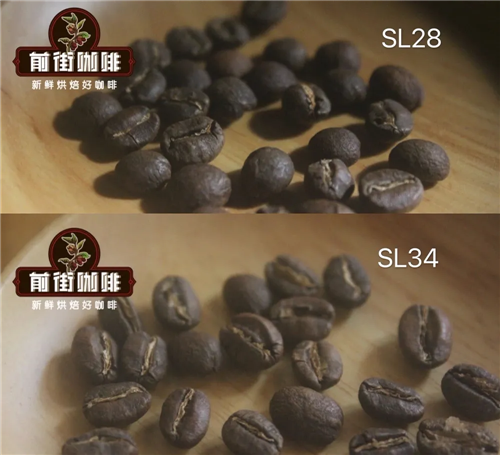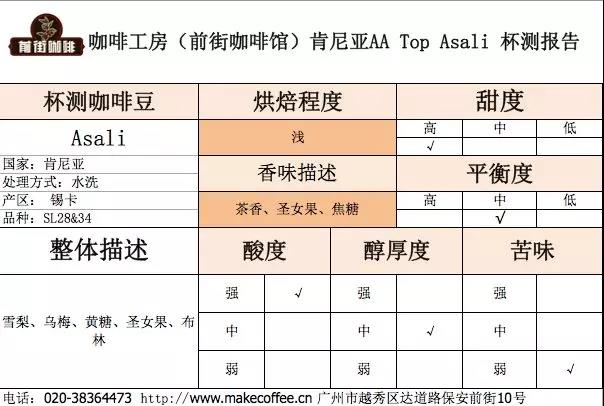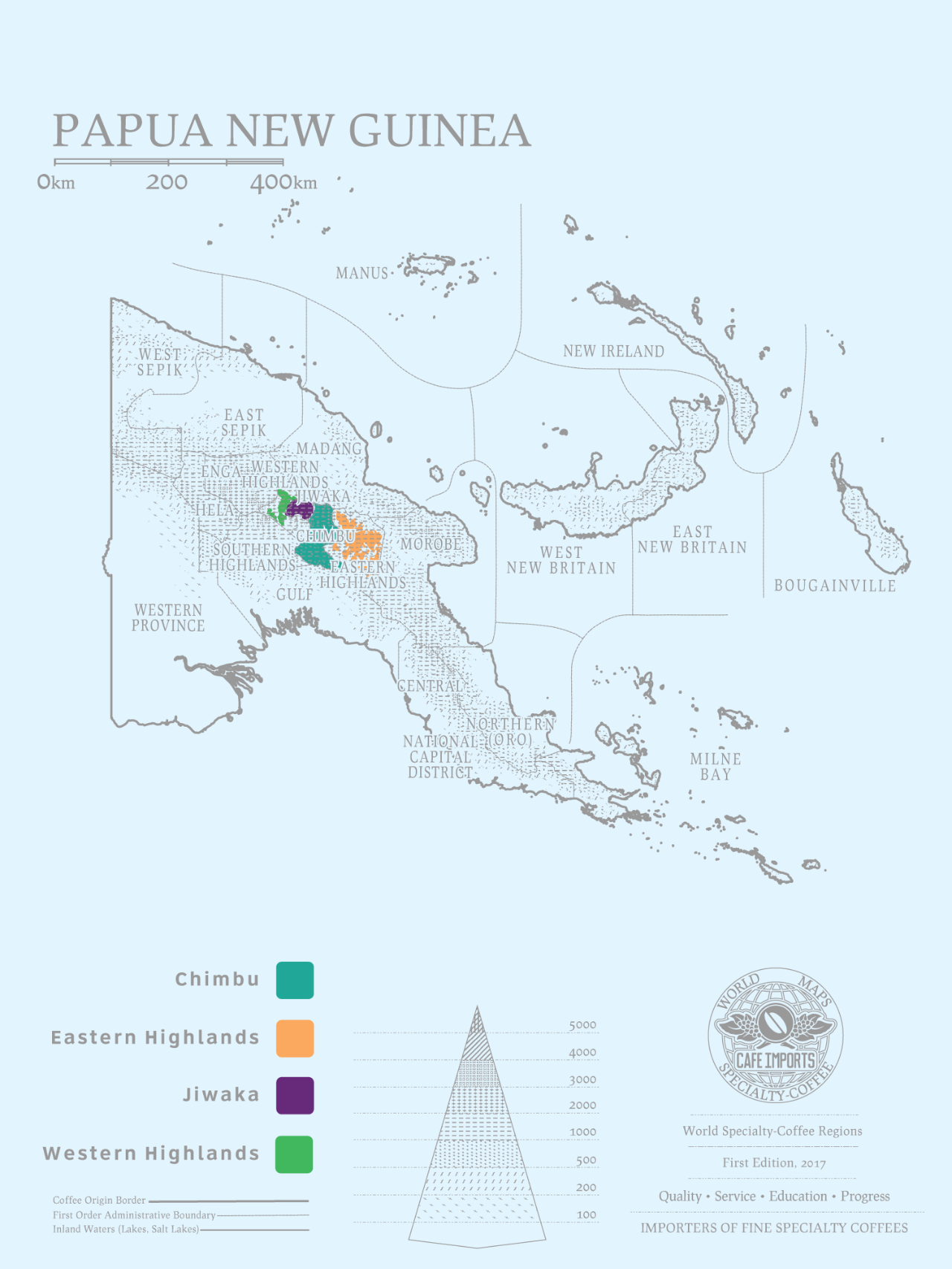Kenyan coffee beans | introduction of Kenyan boutique coffee beans production areas. What is the difference between K72 treatment and universal treatment?
The flavor of coffee is inseparable from the soil in which it grows. Bright sour has always been the regional flavor of Kenyan coffee, although its coffee industry was introduced during the British rule in the 20th century, and its goal of high-quality products has led to a rapid increase in its development speed and market popularity.
The British introduced coffee beans from the French island of Reunion in 1883. In 1992, Kenya established Scott Labs to engage in coffee cultivation research. More than 10 years after its establishment, it has cultivated a variety of coffee varieties for Kenya, among which the famous SL28 and SL34 varieties are now the main coffee varieties in Kenya.

The Kenyan government established the Nairobi Coffee Exchange and started the auction system of Kenyan coffee beans, which provides a good trading and promotion platform for the coffee growing industry. Kenyan coffee beans are graded according to coffee bean diameter and cup test results, according to the size, shape and hardness of coffee beans, from high to low as AA or AA+, AB, PB, C, E, TT, T.
AA grade with excellent quality (flavor, taste) in AA Plus (AA+) cup.
AA particles: size (Screen Size) 17-18 mesh.
AB particles: size (Screen Size) 15-16 mesh, accounting for the majority of output.
C particles: those whose size (Screen Size) is smaller than AB.
TT from AA and AB beans: lighter beans blown out with an airflow filter.
T from Class C beans: lighter beans blown out with an airflow filter.
E Elephant Bean: two beans into one of the large mutant beans, also known as elephant ear bean Elephant ear.
PB Peaberry: classified by appearance, independent of flavor weight.
For the raw coffee beans of AA grade and AB grade, the special classification of cup test results (not officially recognized by Kenyan countries, made by exporters) is added, and the order from high to low is TOP, PLUS (+) and FAQ.
There is a general consensus in the coffee industry that washed coffee beans generally feel more sour than sun-cured coffee beans, and Kenyan coffee beans prove this point. In the process of washing, coffee beans absorb citric acid, acetic acid, malic acid and other acids that can be felt on our tongue, but the common treatment time is no more than 36 hours, but the Kenyan treatment lasts as long as 72 hours, so the cup is called K72 treatment.

The Kenyan Asalia boutique coffee beans introduced from Qianjie Coffee have been brewed according to the standard of the store, with bright acidity in flavor, such as tomato and black plum, juice-like taste, and a series of flavors such as berries and tea in flavor.

Important Notice :
前街咖啡 FrontStreet Coffee has moved to new addredd:
FrontStreet Coffee Address: 315,Donghua East Road,GuangZhou
Tel:020 38364473
- Prev

Rosa Coffee Bean | introduction of boutique coffee bean production areas in Rosa Village, Ethiopia. Is Rosa Coffee from Panama?
The rose summer species was discovered and became famous in Panama, so that many people think that it is a native variety of Panama. However, in a series of traceability work, it was found that the source of Panamanian summer and the neighboring African continent, but the exact species has not been found so far. The work of tracing the origin of the rosy summer in the coffee industry has never stopped.
- Next

Papua New Guinea Coffee beans | introduction of Siguri Paradise Bird Coffee Bean production area. What is the relationship between Paradise Bird Coffee beans and Blue Mountain Coffee beans?
Located in Papua New Guinea, Oceania, with a detached and natural nature, unique volcanic soil and abundant rainfall provide favorable conditions for the coffee industry. In the 1930s, the British introduced iron pickup coffee from Jamaica to Papua New Guinea, and Jamaica's most representative coffee is
Related
- Guji coffee producing area of Guji, Ethiopia: Humbela, Shakiso, Wulaga
- What is the most expensive variety of Qiloso in BOP multi-variety group?
- How to store the coffee beans bought home?
- Why are Yemeni coffee beans so rare now?
- Ethiopian Sidamo all Red Fruit Sun Sun Santa Vini Coffee beans
- SOE is mostly sour? What does it mean? Is it a single bean? what's the difference between it and Italian blending?
- Is Italian coffee beans suitable for making hand-brewed coffee?
- How to choose coffee beans when making cold coffee? What kind of coffee beans are suitable for making cold coffee?
- Just entered the pit to make coffee, what kind of coffee beans should be chosen?
- Can only Japan buy real Blue Mountain Coffee? What are authentic Jamaican Blue Mountain coffee beans?

